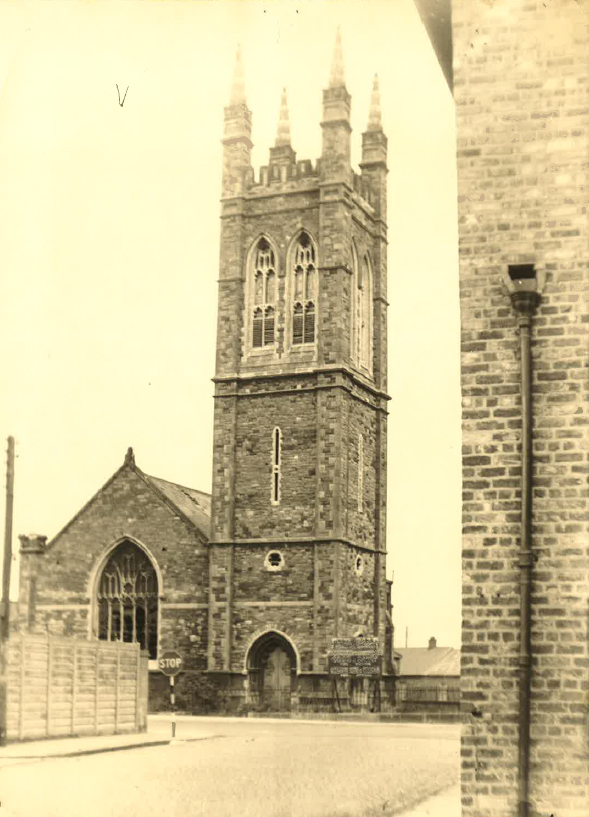St Barnabas Church, Dublin: leading Social Justice and Reform since the 1860s
This month, 22nd January 2020 to be exact, marks the 150th anniversary of the founding of a unique church in the history of the Church of Ireland: St Barnabas. The church stood for just over 100 years and was a dynamic presence within the Church of Ireland and the community that it served in the docklands area of Dublin.
St Barnabas’s was located on Upper Sherriff Street in Dublin, a predominantly urban, industrialised, and working-class area of the inner-city. In the 1860s – and, indeed, for much of its history up until the present day – this area was witness to high levels of poverty, and suffered greatly with regards to inadequate housing that was available to its residents. The Church of Ireland clearly felt the need to create a new parochial district in this area, which was served previously by the parish of St Thomas.

The Revd John Grainger, the incumbent of St Thomas from 1866 onwards, saw an area of potential growth for the Church of Ireland, with an already sizeable community of members of the Church, and one that was growing all the time. There was also a recognition of the need to minister to those transient workers – primarily members of the Church of England, but also other Protestant denominations – working in the shipping industry that docked in the area. A bequest of Miss Jane Shannon, originally from Belfast, but residing in Rathmines in Dublin, allowed for the funds to create a trustee church and the erection of a church in the area, with the consecration occurring on 22nd January 1870.
Given the overwhelmingly working-class nature of the area, it is unsurprising that the church itself devoted much of its pastoral care to aspects of social justice and reform, particularly with regards to attempting to solve the housing crisis that afflicted the area for much of its history. Of particular importance in this matter was the admirable work that the Revd David Henry Hall achieved in administering housing projects during the 1920s. The famous playwright and keen advocate of social justice, Sean O’Casey – who worked the railways in the area during his formative years – developed a lifelong admiration for the work of the church and in particular his rector, the Revd Edward Morgan Griffin, even dedicating the second volume of his autobiography titled Inishfallen Fare Thee Well to the rector with the inscription: ‘The Rev. E.M. Griffin B.D. M.A. who kept the door of the Church wide open for all to enter by refusing to be either Orangemen or Freemason’. The church of St Barnabas and the docklands feature prominently in O’Casey’s play Red Roses for Me, first premiered at the Olympia Theatre in Dublin in 1943. The play is set during the Dublin Lockout of 1913, and the church, stylised as ‘Saint Burnupus’, features prominently throughout.

The middle part of the 20th century saw a decline in the members of the Church of Ireland in the area, and the parish was united with Drumcondra and North Strand in 1965, with the demolition of the church itself in 1969. There can be little doubt that St Barnabas is a unique church within the Church of Ireland, helped in no small measure by the community work of its many pastors, which was so admired by many within the Church and civil organisations throughout the country.